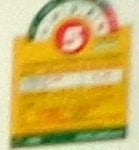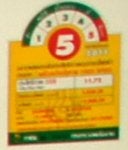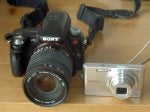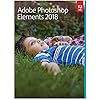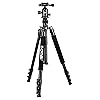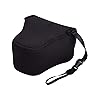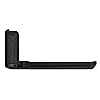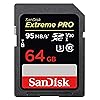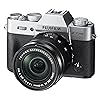Howdy Folks,
I am writing some articles for possible publication and find myself in need of a digital camera that can take bike photos at a high enough resolution to be printed. I have some experience with SLR 35 mm back in the day but little with today's modern digital gear and am in no way a professional photographer.
I am looking for something small, rugged, and reasonably priced (better yet, cheap). Amazon is about to run their big Prime sale in a few days, I have read the photo threads on this site and made note of some of the cameras mentioned. @EskimoQuinn , @Loki , @cameramanx , and @Meggie all do work that I greatly admire (and many others as well).
So, my question is, if you were buying an economical camera for the purposes described above, what would it be?
--- Randall
I am writing some articles for possible publication and find myself in need of a digital camera that can take bike photos at a high enough resolution to be printed. I have some experience with SLR 35 mm back in the day but little with today's modern digital gear and am in no way a professional photographer.
I am looking for something small, rugged, and reasonably priced (better yet, cheap). Amazon is about to run their big Prime sale in a few days, I have read the photo threads on this site and made note of some of the cameras mentioned. @EskimoQuinn , @Loki , @cameramanx , and @Meggie all do work that I greatly admire (and many others as well).
So, my question is, if you were buying an economical camera for the purposes described above, what would it be?
--- Randall








